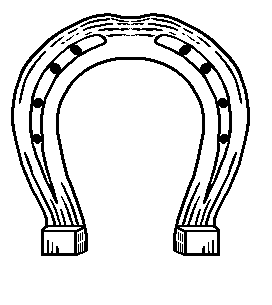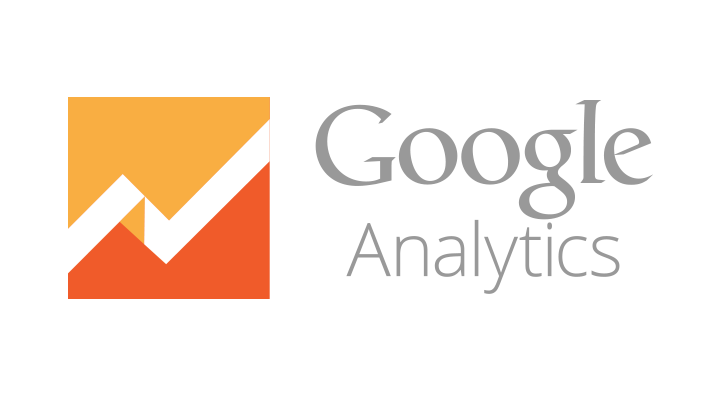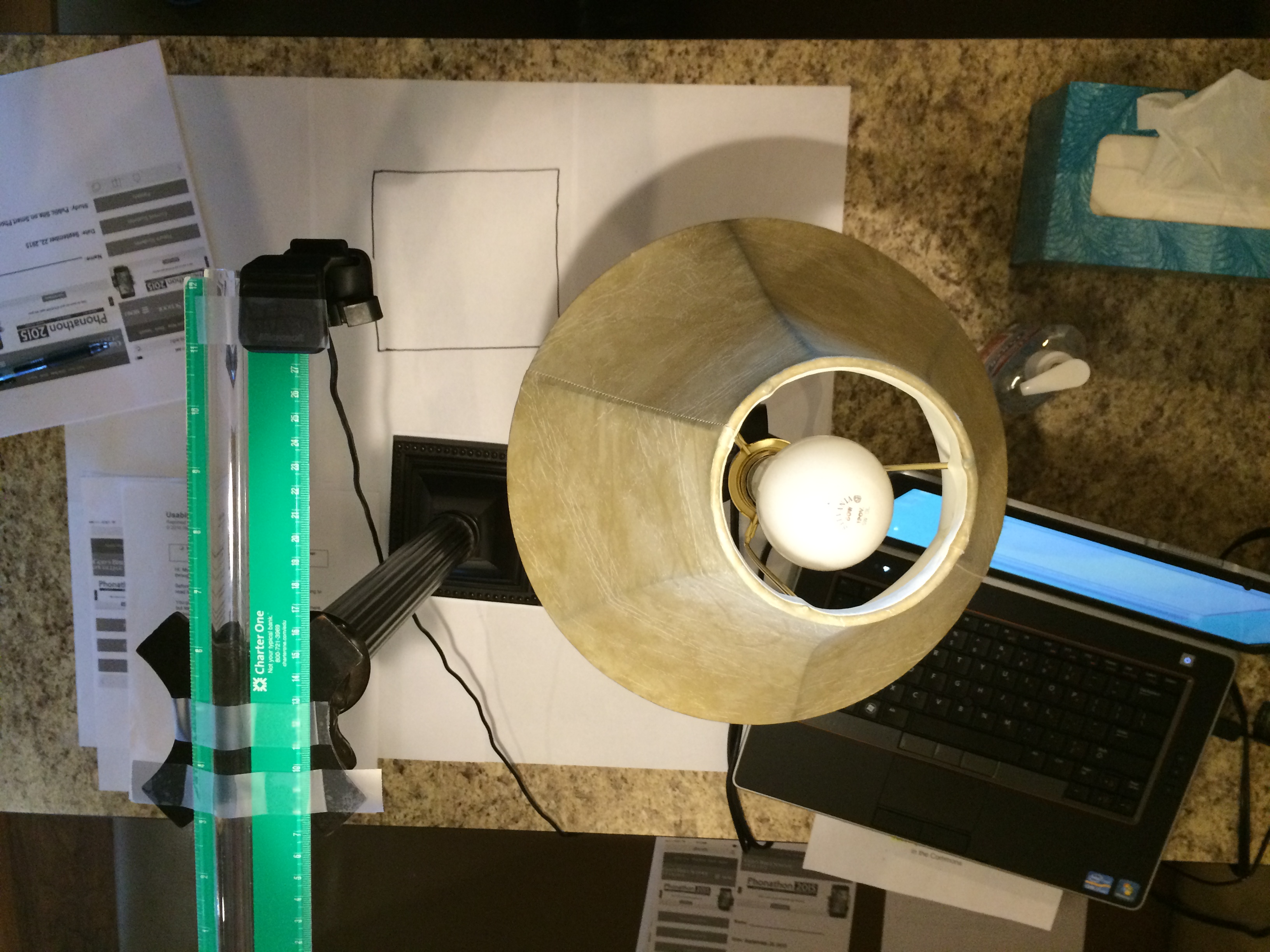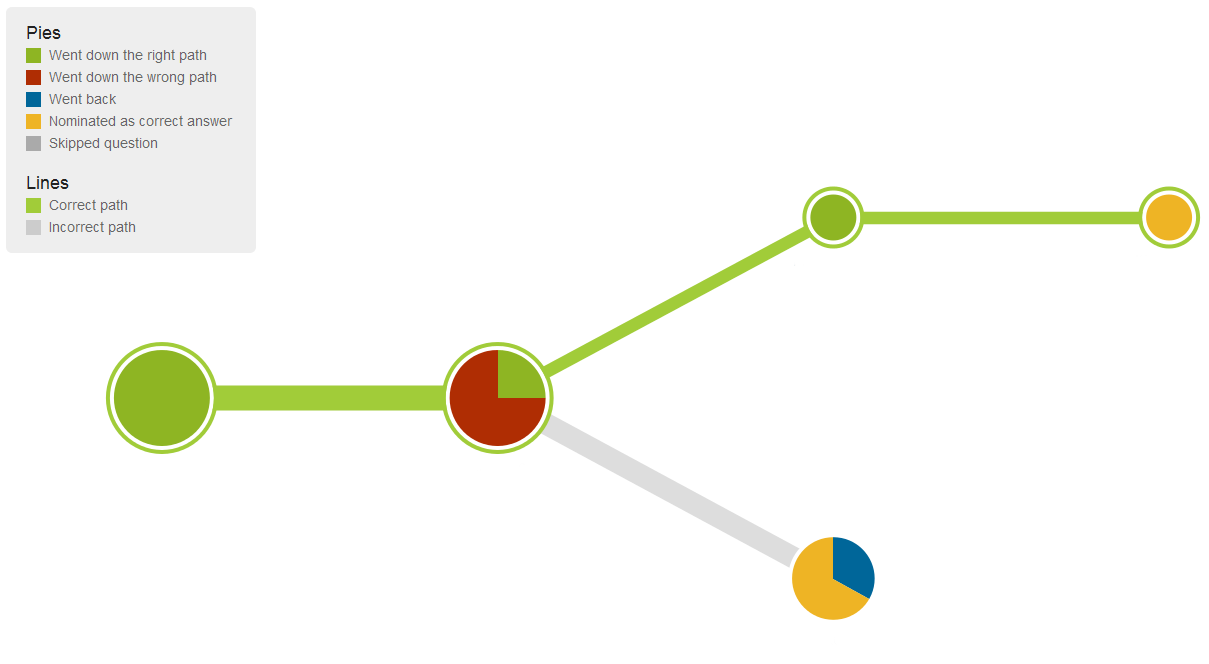A fictitious case study
The names have been changed.
But the results are real.
A fictitious
case study
The names have
been changed.
But the results
are real.
Executive Summary
Horseshoes for Horses (H4H) was hurtin’ bad ~ like bitten by a rattlesnake kind of bad.
Their competitor, Unicycles for Unicorns (U4U), had just launched a new website and H4H had seen a direct loss in sales immediately thereafter.
H4H had a public website with 300 informational pages and 50 products to sell. They also had a corporate intranet which allowed their 500 employees to do certain tasks.
Everyone was frustrated. Their website was blowing around like a {bumblin’ tumbleweed}.
Like I said ~ it was bad.

Original Logo
H4H didn’t have any branding guidelines and employees were just pulling off clip art of horseshoes from the Internet to use in their brochures and digital media.
Initial Thoughts & Research
Implosion of company morale was imminent ~ H4H needed positive change, and they needed it quickly.
When I first saw their website, I immediately saw a number of things that would improve its usefulness (more on this later).
However, I needed to do some research first:
- I setup Google Analytics for H4H so we could begin seeing trends in their traffic;
- I talked with their staff to build relationships and to better understand how they used their intranet and website;
- I spoke with actual customers to get a better understanding of how they used the website;
- I completed a competitor analysis for H4H to better understand where they stood among their peers.
Armed with research and relationships ~ change was on its way.

Initial Research
Our first step was to find out what our baseline was for any future changes to the websites. We found our baseline with Google Analytics.
Usability Testing
Now, I’d just like to point out at this here little juncture that change is a funny thing. Even in an organization which desperately wants and needs change it can be an Oregon Trail type accomplishment to alter its course. Ok, please continue.
So, where was I? Oh yeah. After this initial round of research was complete, I ran usability testing on their intranet with their employees (onsite). I also tested their public website with customers (remotely) to see where they were running into issues. The videos of these interactions were priceless, showing exactly where both the intranet and public website was failing its users.
Once the H4H C-level staff watched these videos, they were hooked. They knew that they needed to change their websites and they had to do it quickly if they were going to continue competing with U4U.
Oregon Trail ~ here we come.

Usability Testing
With H4H we ran onsite user testing for employees on their intranet. For the customers we ran remote user testing with usertesting.com.
Information Architecture
Employee feelings of self-doubt, insecurity and anxiousness were slowly beginning to fall by the wayside.
So, early on I had noticed a few key points:
- their navigational headings on both the intranet and public website were based on their corporate structure;
- their UI elements were not standardized to the industry (nor within their own sites);
- their content looked outdated and was written in large paragraphs in an odd font, and many “pages” were PDFs;
- their store had a difficult “checkout” process.
So, because we saw how users used both sites from our user testing, we created personas of their staff (for their intranet) and of their customers (for their public website). We ran card sorting exercises and tree studies to create a new information architecture for both their intranet and public website.
Things were beginning to fall into place ~ people were beginning to believe that something greater was possible.

Information Architecture
Knowing how customers perceive the mental model of how the site is designed important so we can closely match that same model.
Content Strategy
Foundations are important. Well-built things have a secure foundation upon which they are built ~ so it goes with business.
H4H’s foundation was shaky because they didn’t know their identity or history. So, we created a branding book (fitting for a western outfit, don’t you think?) so all their materials, print and digital, would be in sync.
We also ran a content audit of their digital properties and discovered (among other things) which pages were written for the web (not many), which pages were actionable (very few), and who “owned” each piece of content.
Because H4H’s websites were all static HTML pages and difficult for nontechnical staff to update, I recommended moving to a CMS (such as WordPress) so they could begin curating their content to ensure its accuracy, actionability, and credibility.
We mapped out a content migration strategy to the new CMS and held meetings with all the content owners letting them know they would begin receiving training on a regular basis on how to “write for the web” which meant, among other things, culling many unnecessary pages and nippin’ 2/3 of the words on those remaining pages.
The foundation had been laid ~ the longevity of their organization would depend on it.

WordPress CMS
Many large companies use WordPress to manage their online presence: Target, Toyota, Time Magazine to name a few.
Many smaller companies also like the flexibility of WordPress making it the most used CMS on the planet.
WordPress is used by over 25% of all websites.
Intranet Results
The future was approaching ~ rapidly.
When we looked at their intranet in conjunction with their company workflow for things such as travel, reimbursements, time-off requests and time card entries; we realized their employees were wasting large amounts of time trying to find things on their intranet.
So, we created a whole new information architecture based on topics and tasks rather than their organizational structure.
We also converted all their PDF forms to web forms which completely upended their analog workflow and created a more efficient digital workflow which greatly pleased their 500 employees.
According to Nielsen Norman Group when a company moves from a “low” usability intranet to one with “high” usability, it can save approximately $1,479 per employee per year.
H4H is now saving $740,000 per year in productivity costs, AND their employees are happier because they aren’t wasting so much time trying to find information and forms on their intranet!
Even though the freight train was now barreling down the tracks ~ there was still more work to be done.
Old Intranet
%
Success Rate
%
NN/g Guidelines
New Intranet
%
Success Rate
%
NN/g Guidelines
Public Website Results
At this point ~ it was all hands on deck.
When we looked at their public website workflow for customers, we found that they were using fillable PDFs for ordering their products.
We used the new CMS to create an entirely new online store with a digital workflow so their customers wouldn’t have to print and fax or email in their orders. Why was this important?
In our initial research we found that H4H’s customers were using their mobile devices while riding their horses and it was a pain to go back to the ranch and finish their transaction. Many would forget or just go to a competitor’s website to find similar products which would allow them to order directly from their device.
The future was here.
Old Website
%
Success Rate
%
NN/g Guidelines
New Website
%
Success Rate
%
NN/g Guidelines
Conclusion
The future never looked so bright ~ the coming thing had arrived.
They now have:
- direction,
- strategy,
- understanding and
- thrilled employees!
H4H’s desire to do better business with a trustworthy partner led them to me.
I’m a forward thinking digital strategist and consultant.

The family
This frontier family likes spending time outdoors on grand adventures together.
Get in touch
Your search is over. I'm the trusted partner who can help grow your business.